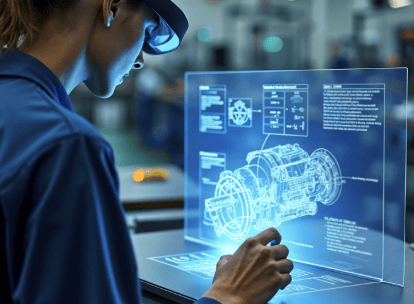Alloy Research
Comprehensive dataset collection and machine learning model training process.












Alloy Research
Comprehensive dataset collection and machine learning model training process.


Data Preprocessing
Cleaning, normalizing, and encoding data for effective model training.


Model Training
Utilizing OpenAI's API to train various machine learning architectures.
The expected outcomes of this research can significantly advance our understanding of OpenAI's models and their impact on society.In terms of OpenAI's models, we expect to gain insights into how well these models can handle complex, multi - variable problems like alloy innovation. By training the model on alloy data, we can evaluate its ability to learn intricate relationships between different factors. This will help us understand the limitations and potential of OpenAI's models in scientific research.For society, the development of a reliable machine - learning model for alloy prediction can have far - reaching benefits. It can accelerate the discovery of new alloys with improved properties, which can be used in various industries. For example, in the aerospace industry, new alloys can lead to lighter and stronger aircraft components, reducing fuel consumption and emissions. In the automotive industry, better alloys can enhance vehicle performance and safety.Furthermore, this research can also contribute to the field of materials science by providing a new approach to alloy design. It can inspire other researchers to explore the application of machine learning in other areas of materials research.

